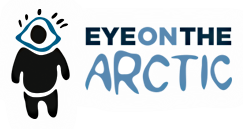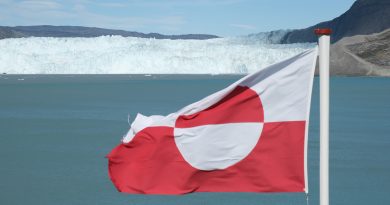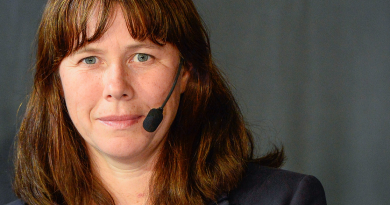Kativik Regional Government requests audit of Nunavik police
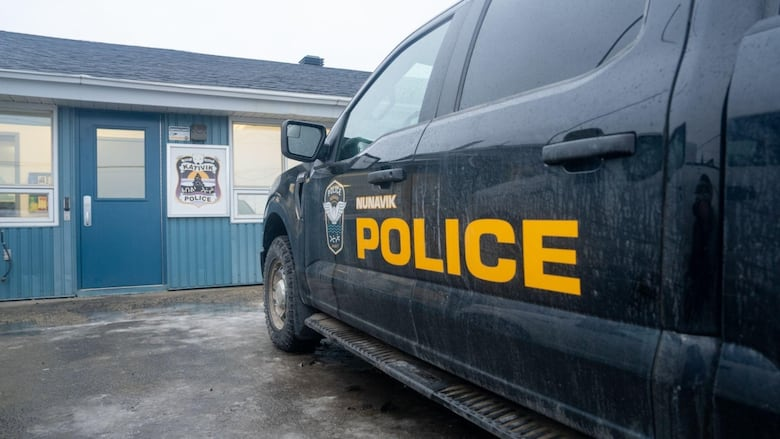
KRG passed the resolution on Thursday, as the police service gets a fivefold funding boost
The Kativik Regional Government (KRG) has passed a resolution requesting an audit of the Nunavik Police Service.
The resolution, passed Thursday, calls for a review of police operations and ways to make policing better reflect Inuit culture.
The audit request follows two fatal police shootings in seven months — in Salluit in November, and Kangiqsualujjuaq earlier this month — the latter being the 16th police-related death in Nunavik since 2017.
Police chief Jean-Pierre Larose said he is in full support of a review.
“We are transparent and maybe [we need] somebody who thinks outside the box … to help us find solutions and improvements,” he said.
KRG is asking the Makivvik Corporation to help it find an auditor, who would report back to the council by fall 2025.
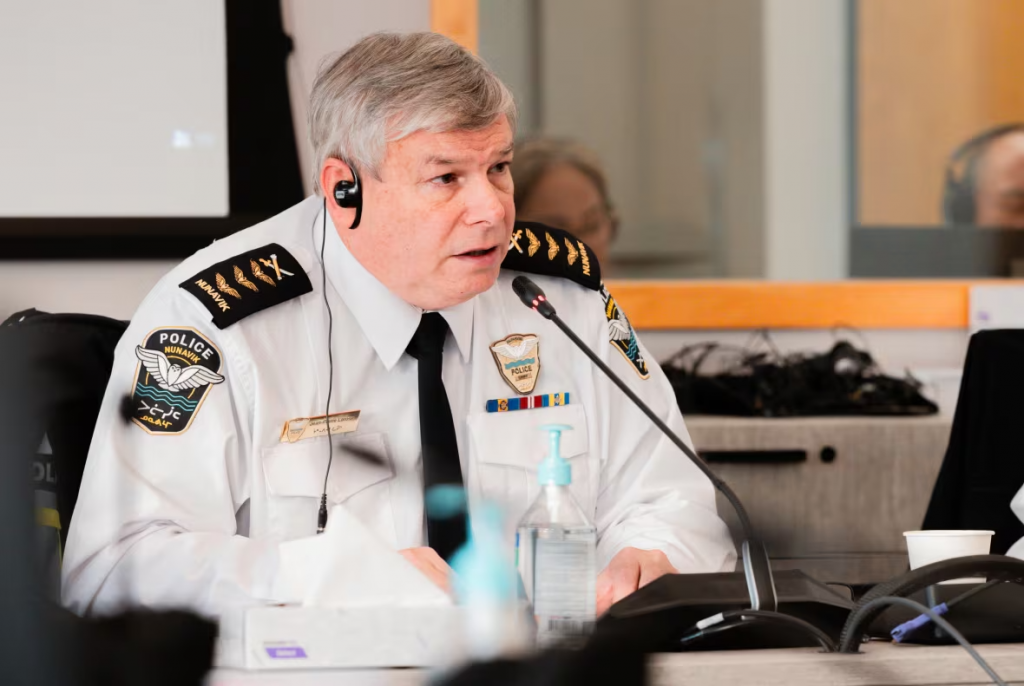
Mylène Jaccoud, a professor of criminology at Université de Montréal, was in charge of Indigenous policing issues in the Viens Commission inquiry. That was launched in 2016 by the former provincial Liberal government after allegations of police misconduct against Indigenous women.
She said the audit is a good step, though it should look at structural transformation of the policing model in Nunavik, rather than just the operations. She said the problems with the Nunavik Police Service are well-known and don’t need further study.
“We know that there is a problem of underfunding. We know that we are still waiting for the recognition of [Indigenous] police as an essential service,” she said.
“If we want to address this problem of the absence of Inuit police officers, it’s absolutely necessary to change the policing model … a police [model] which is not oriented toward repression, but seen as a police who is very close to the communities that they share.”
The police chief however, doesn’t believe the police model needs reform, and reiterated his pledge to implement every recommendation from investigations into the shooting in Salluit, once those final reports are presented.
“Certainly we can improve it or adjust it, but right now we have positive results,” Larose said.
Community policing model
Jaccoud said she doesn’t believe the Nunavik Police Service is a truly autonomous Inuit police service — rather, that it’s a southern-style team that happens to have oversight from KRG, the regional authority in Nunavik.
“The majority of police officers are police officers from down south and I think that the change of governance should go to work on a real autonomous Inuit police service,” she said.
During the Viens Commission inquiry, she pitched — unsuccessfully — for a specific police school or training program for Indigenous police officers.
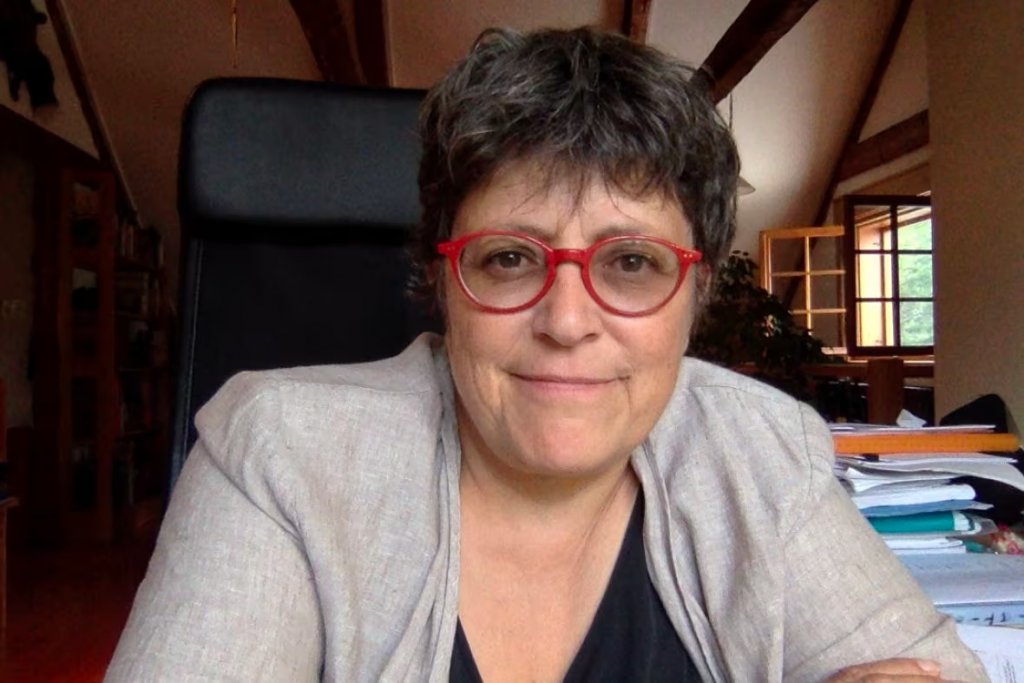
Larose said the Nunavik Police Service is restarting a cadet program in a bid to recruit more Inuit, though he recognizes the challenges of Inuit policing Inuit communities.
“They know everybody. They have relatives, cousins, parents and it’s hard for them … and I understand they’re kind of isolated from their community being a police officer. So we have to work on that,” he said.
In terms of solutions to how policing works in Nunavik, Jaccoud looks to other provinces for inspiration.
Ontario has an inspector general of policing, who’s tasked with ensuring policing regulations are followed, as well as a complaints agency.
In several western provinces, there’s the Hub model, which was pioneered in Prince Albert, Sask., in 2011. It’s a multi-agency intervention that mobilizes social services for those in need before harm is done.
“They just share information, they work together, they meet weekly, they plan together, action plans and appropriate intervention. That kind of model of policing is more oriented toward prevention than repression,” she said.
More funding in tripartite agreement
Last month, the Nunavik Police Service received a five-fold increase in funding through a tripartite agreement between the KRG, Quebec and federal governments.
The renewal of the agreement, from 2024 to 2029, is worth $562 million.
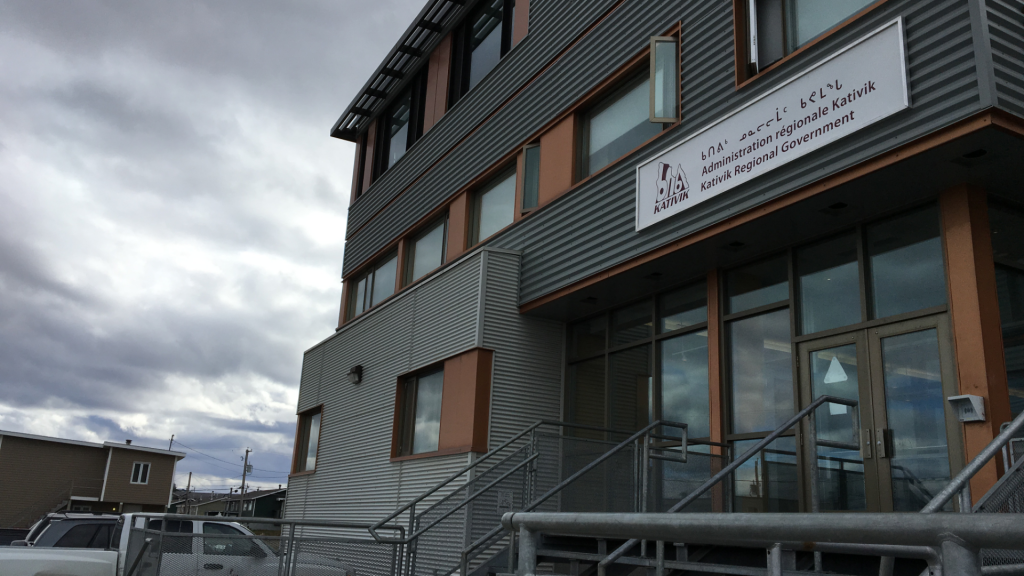
Larose has previously spoken out about the lack of resources for the Nunavik Police Service. He said this new funding can help them bring on more officers and investigators, offer higher salaries to address staff retention, and provide more cultural awareness training.
“I would like my police officers to get involved in the community, and families, at least two days per year to work with them, to go on the land, to do some activities with them, to better understand their lifestyle and their culture,” he said.
Another priority for him, he said, is expanding the mobile intervention model, currently in place in Puvirnituq, Que., which pairs police officers with social workers.
“We want to have a better relationship and build better trust with the police organization … and have a better understanding of each other.”
Related stories from around the North:
Canada: Town hall meeting called in Mayo, Yukon, to talk about drug crisis, CBC News
Finland: Finland, Sweden boost security in North with new police cooperation agreement, Eye on the Arctic
Norway: Swedish and Norwegian police to share unique border station next week, Radio Sweden
Sweden: Drug smugglers exploiting snow and ice in northern Sweden, Radio Sweden
United States: Alaska’s drug problem worsening as police resources strained, Alaska Public Media
